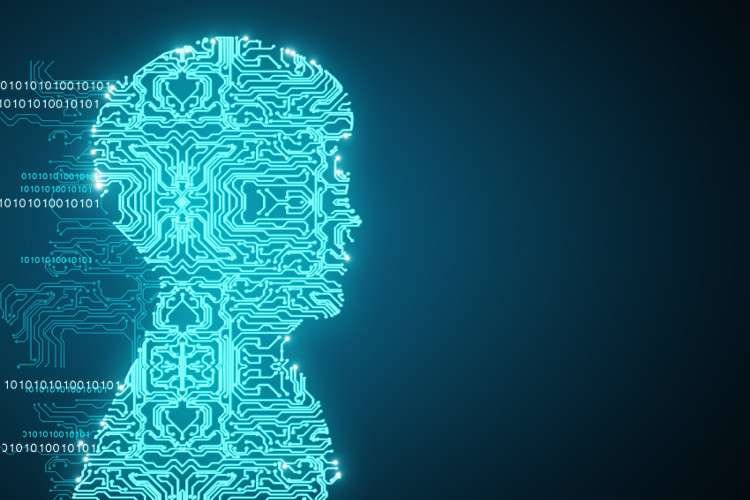Digital cultural experiences

In the age of digital technology, adapting content is extremely important to attract and interest people. This especially applies to the concept that people often consider boring or outdated, like museum exhibitions and art galleries. One of the best examples of modern art is Van Gogh Exhibit: The Immersive Experience. Experience art like never before […]
Interactive digital storytelling in cultural heritage

Museums are often thought of as places that collect, care for, display and interpret objects. It’s also a place to share stories. A variety of new media experiences in cultural heritage settings can be self-characterized as storytelling, including guides offering purely informational content. Digital storytelling in cultural heritage contexts has been recognized as a direction […]
Digital Cultural Handbook

This Cultural Digital Handbook aims to help you understand and learn theconcepts of digital culture, linked open data, how they have changed during the decades, how young people are affected and what are the most requisite jobs nowadays and in the feature. You will be also able to learn examples of existing organisations and institutions […]
Usage of LOD in Culture and Heritage

As a recap, linked open data (LOD) is defined as data that can be used adapted and modified by anyone as well as being released under an open license, which does not impede its reuse for free (Berners, 2014). While, for many years much of its use was reserved for government data repositories and archives […]
Time-Based Media Art

The conservation and restoration of time-based media art should bring a creativity to the digital skills and competencies of youths, particularly in the field of conserving time-based media art. The overall intention is the development of the digital cultural field into a focused youth curriculum which will exploit digital tools to create and design art. […]
Digital Cultural Youth Curriculum – Cinema

The Erasmus+ Project Digital Cultural Designer (DCD) aims to extend and enhance the digital skills and competencies of young people particularly in the field of culture by promoting cultural education through innovative online tools and methods. In the framework of the DCD project, a curriculum will be developed to cater to the needs of museums, archives, libraries, and cultural institutions. The Digital Cultural Youth Curriculum will encourage young people to increase their knowledge and abilities in using digital tools to […]
Loneliness around the world: Age, gender, and cultural differences in loneliness

On 26 April 2020 Manuela Barreto from University of Exeter, Pamela Qualter from University of Manchester (the research partners in our project) and their colleagues published the article “Loneliness around the world: Age, gender, and cultural differences in loneliness” in Personality and Individual Differences. In this article they describe a number of issues that are […]
The Evolution and Benefits of Digital Culture

Digital culture is the act of how we as humans communicate and interact with our surroundings through the ever-growing enhancement of technologies (GDS, 2020). This includes how we have capitalised on the Internet and used the data that has been made available to us. Sites such as social media platforms and devices such as personal computers and smartphones have boosted data flows […]
Digital Tools and Digital Resources

Traditionally, cultural institutions, such as libraries and museums, have been responsible for the storing and preservation of cultural material. However, due to technological advances, primarily digital tools, such institutions are coming up with new approaches to how users experience art and culture. This can be achieved via digitisation of artifacts, which is the process of converting information from a physical format into […]
Youth employment and digital culture

Digital culture refers to the change in how technology is reformulating the way in which we behave as humans. It eludes to how technology has encompassed our everyday life and that it is simply not as mundane or restricted to the internet or modern technological devices but rather finds itself intertwined in humans’ everyday activities (Miller, 2010). […]
